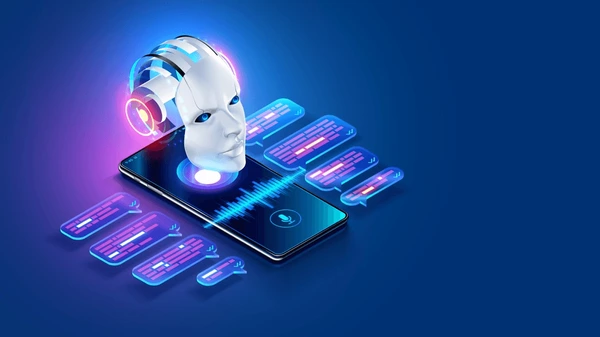Published
- 3 min read
How Voice Assistants Evolved from Commands to Conversations

The first time I spoke to a device and it responded, I felt like I’d stepped into the future. Like many of you, I remember that mixture of surprise and delight—that sci-fi moment come to life. Fast forward to today, and we barely raise an eyebrow when asking our phones for directions or telling our speakers to play music.
This transformation—from clunky, command-driven interfaces to the natural conversations we now have with our devices—tells an incredible story of human ingenuity and persistence.
The Humble Beginnings: Teaching Machines to Listen
The roots of voice assistants go back to the 1950s and 60s with IBM’s “Shoebox” and Bell Labs’ “Audrey”, which could recognize only a few digits and words. These early systems required precise, slow speech and behaved more like rigid tools than true assistants.
The Pre-Modern Era: Building the Foundation
The 1970s and 80s brought breakthroughs in speech recognition with Hidden Markov Models. In the 90s, software like Dragon NaturallySpeaking amazed users, even if it often got things hilariously wrong.
Even though Microsoft’s Clippy wasn’t voice-activated, it highlighted an important lesson: context and timing matter more than availability in building helpful assistants.
The Modern Revolution: Siri Changes Everything
A major shift came in 2011 when Apple introduced Siri. For the first time, voice interfaces were in millions of pockets. Soon, Amazon Alexa (2014) and Google Assistant (2016) followed, integrating voice into our homes and daily routines.
These early assistants were limited but represented a leap in how we interacted with machines.
Beyond Commands: The Conversation Revolution
Natural Language Processing (NLP) transformed assistants from command receivers to conversational partners. Devices began to understand casual speech:
“Set a timer for 10 minutes” became “Hey, could you time the cookies for about 10 minutes?”
This marked a fundamental shift toward more human-like interactions.
The AI Explosion: Enter Large Language Models
Since around 2018, large language models have enabled assistants to understand nuance—slang, idioms, context, and even culture.
Specific Language Models pushed things even further, tackling multilingual conversations and colloquial phrasing with ease.
Where We Are Today: Almost Human
Today’s assistants can:
- Maintain context across multiple interactions.
- Integrate with broader ecosystems.
- Understand and remember user preferences.
It’s now about exchanges, not commands. Ask “What’s the weather like?” then “And this weekend?”—you’ll get the answer without repeating yourself.
The Future: Beyond Voice Recognition to Understanding
Looking ahead, expect assistants to:
- Understand Emotion: Emotional intelligence will make responses more human and helpful.
- Offer Multimodal Interaction: Voice will integrate more deeply with visual and tactile input.
- Play Larger Roles: From healthcare to education, assistants will be woven into daily life.
By 2025, 75% of households in developed markets are expected to use voice-enabled devices.
From Shoebox to Household Staple
Reflecting on the journey—from IBM’s 16-word Shoebox to today’s AI-powered conversations—it’s clear how voice assistants have reshaped our relationship with technology.
Next time you chat with your speaker or phone, remember: you’re talking to the result of decades of innovation.
What do you want to see next in voice assistants? What would make them more valuable for your life? Share your thoughts in the comments—we’re just getting started.